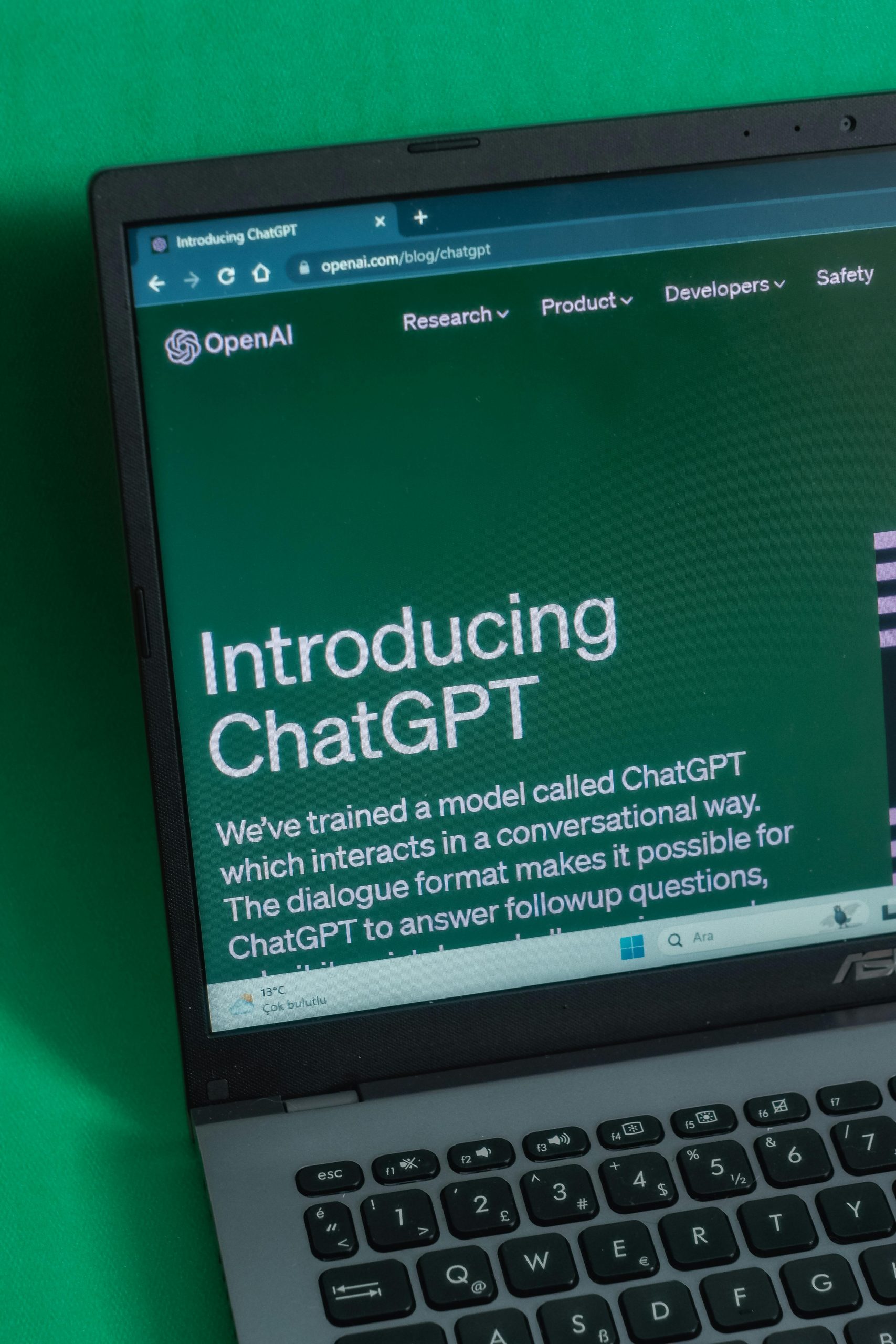Spent 9,400,000,000 OpenAI tokens in April. Here is what we learned
Maximizing Efficiency with OpenAI: Key Takeaways from April’s API Usage
Hello, readers!
After an incredible month of utilizing OpenAI’s API for our SaaS platform, I wanted to take a moment to share some valuable insights that not only refined our approach but also led to a significant 43% cost reduction in our operations. If you’re navigating the world of AI integration, these tips could be game-changers for your projects.
1. Choose the Right Model Wisely
Selecting the appropriate AI model is essential. While this may seem obvious, the staggering difference in pricing between models warrants thorough testing. By evaluating each option, you can identify the most cost-effective solution that still meets your performance standards. Here’s a breakdown of our findings regarding pricing:
| Model | Cost per 1M Input Tokens | Cost per 1M Output Tokens |
|—————————|————————–|————————–|
| GPT-4.1 | $2.00 | $8.00 |
| GPT-4.1 Nano | $0.40 | $1.60 |
| OpenAI O3 (Reasoning) | $10.00 | $40.00 |
| GPT-4O-Mini | $0.15 | $0.60 |
In our experience, we predominantly employ GPT-4O-Mini for simpler tasks and reserve GPT-4.1 for more complex operations, as reasoning models have proved unnecessary for our needs.
2. Leverage Prompt Caching
One of our pleasant discoveries was the effectiveness of OpenAI’s automatic prompt caching feature. This function can result in substantial savings, offering up to 80% lower latency and a 50% reduction in costs for longer prompts. A key takeaway: when structuring your prompts, always place the dynamic elements at the end. This simple adjustment can maximize the caching benefits without requiring additional configurations.
3. Set Up Billing Alerts
This tip comes from personal experience — set up billing alerts immediately! We learned this the hard way when our budget was exhausted within just five days. Staying informed about your usage can help prevent any unexpected financial surprises.
4. Optimize Your Prompts
Consider structuring your prompts to minimize the number of output tokens used, as these are four times more expensive than input tokens. Instead of requesting full text responses, we adapted our approach to return only essential














Post Comment